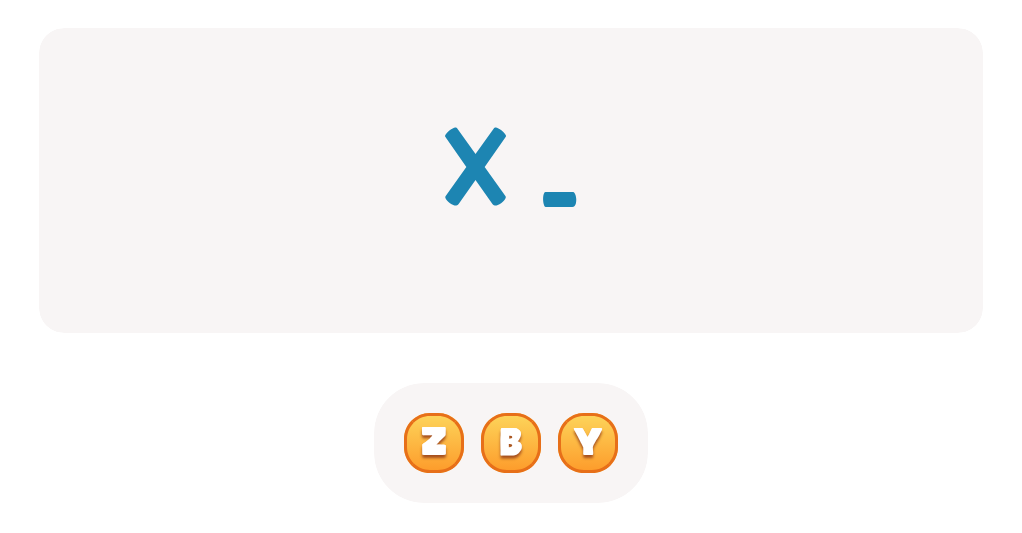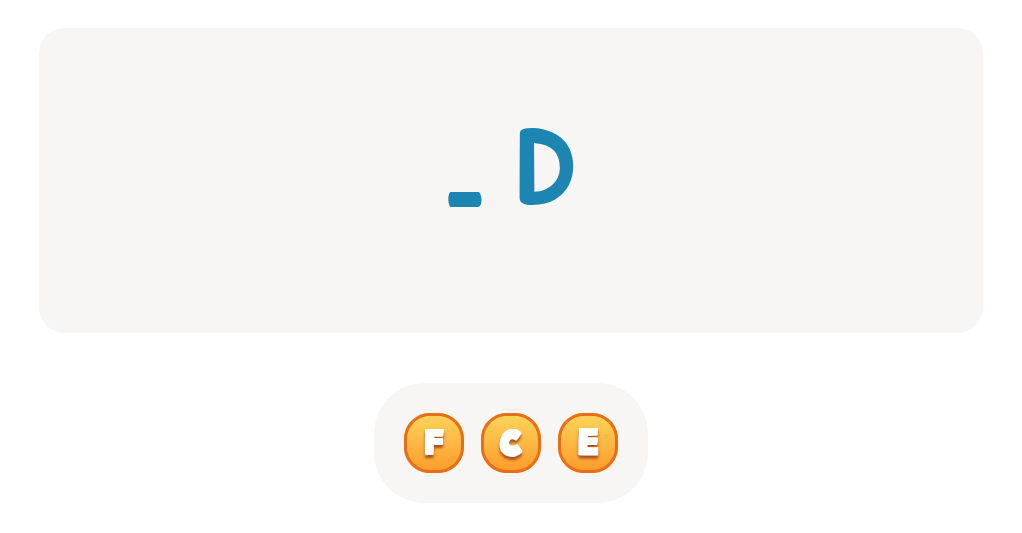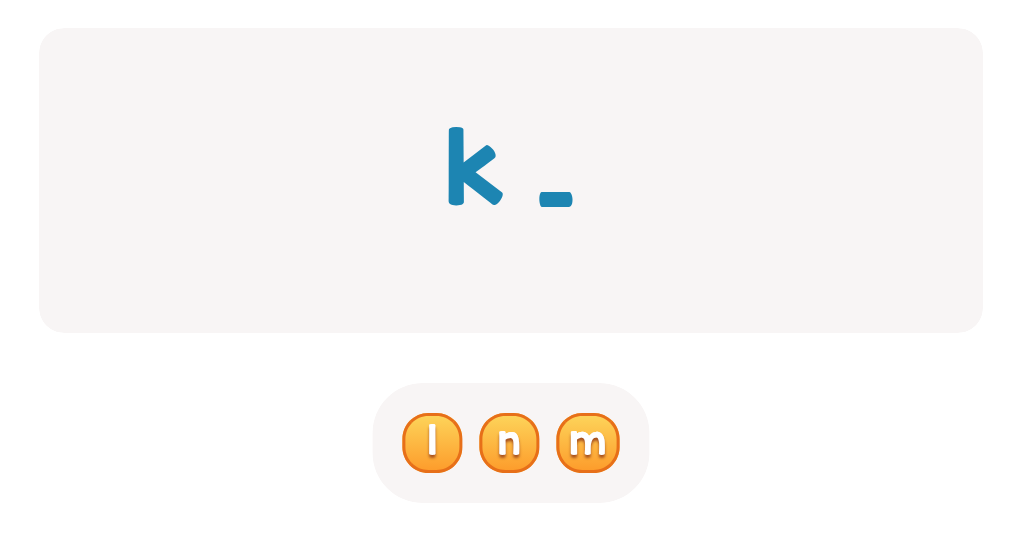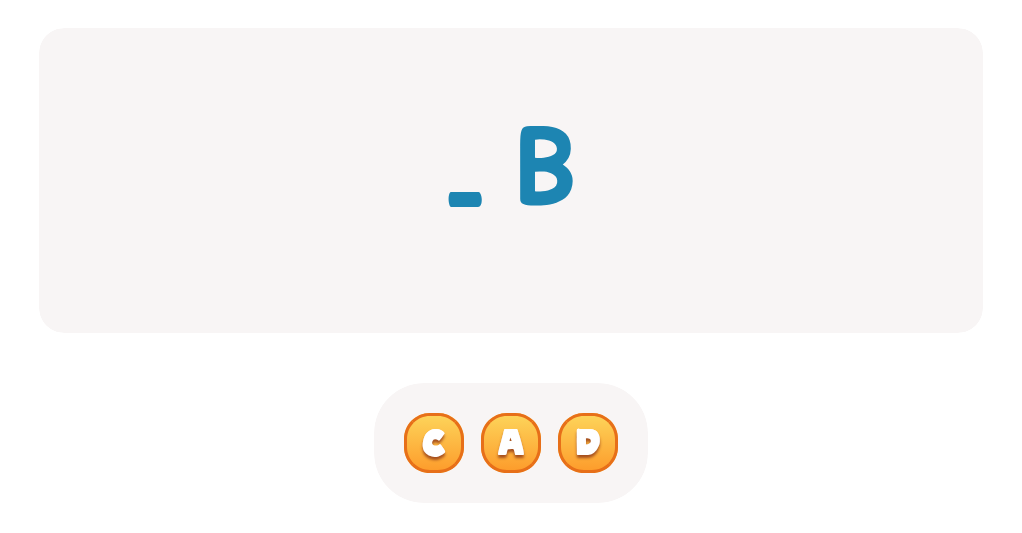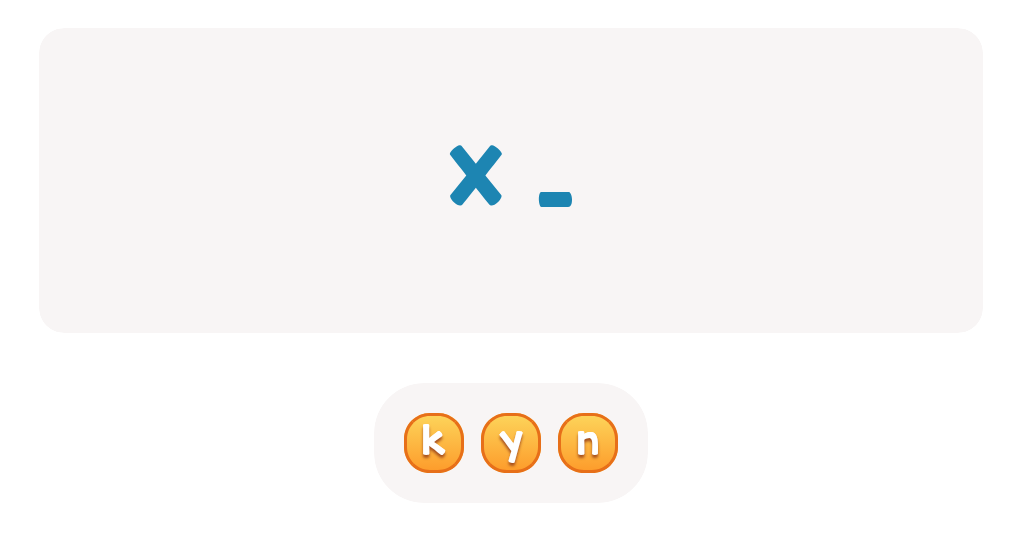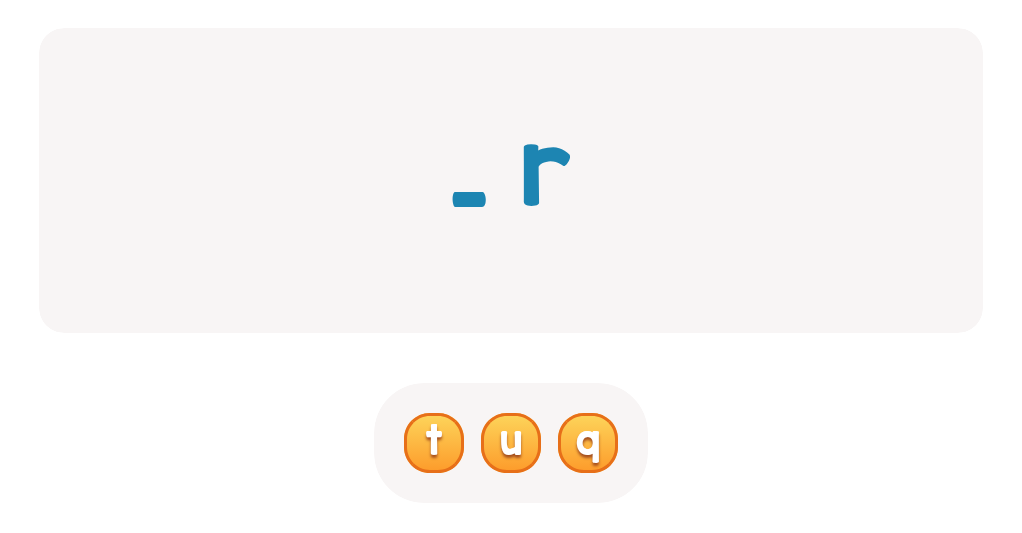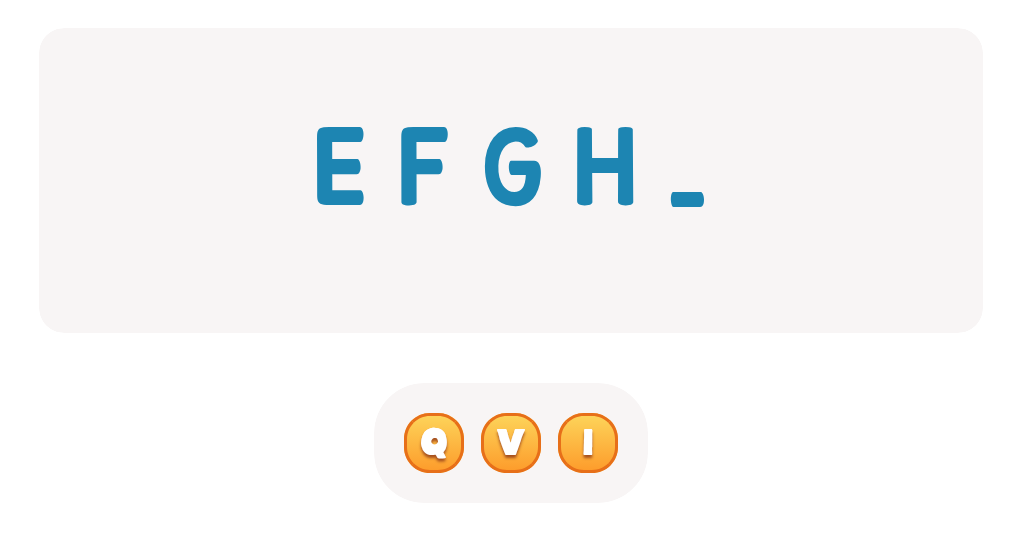Letter recognition Normal Upper & Lowercase Letters Worksheets for Ages 5-6
22 filtered results
-
From - To
Enhance your child's letter recognition skills with our expertly designed worksheets for ages 5-6. These engaging activities focus on both uppercase and lowercase letters, helping young learners confidently identify and differentiate between the two. Perfect for kindergarten and early grade students, our worksheets are crafted to boost literacy foundations in a fun and interactive way. Children will enjoy tracing, matching, and finding letters, fostering early reading and writing success. Encourage learning at home or in the classroom with these printable resources made to inspire and educate. Visit Kids Academy for top-quality educational materials!
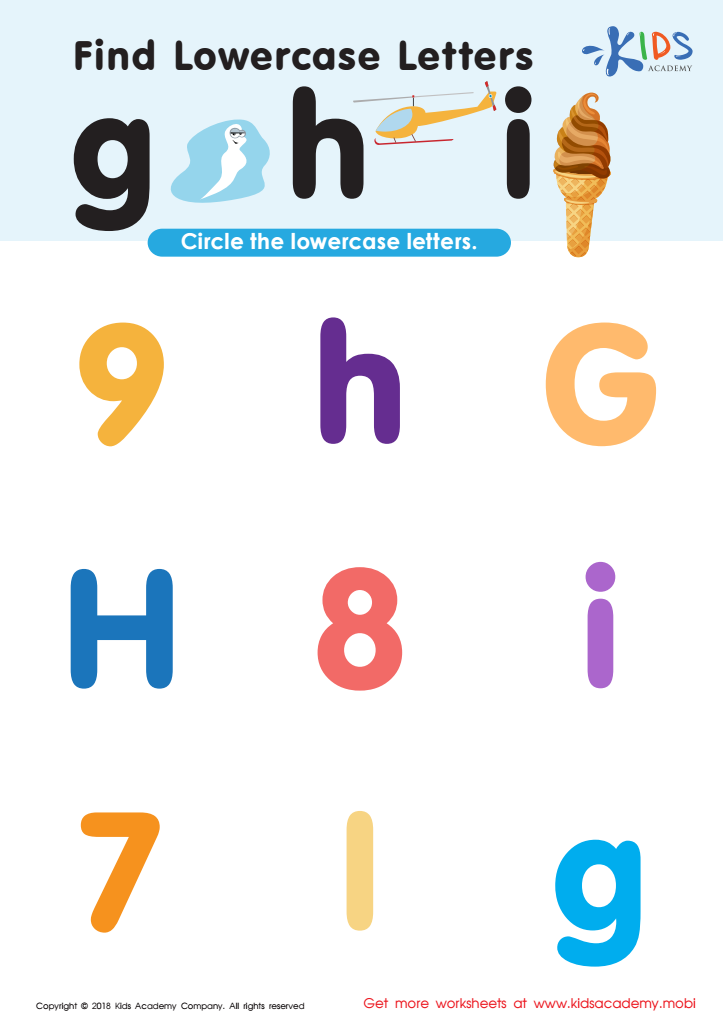

Find Lowercase Letters g h i Worksheet


I Stands High Worksheet
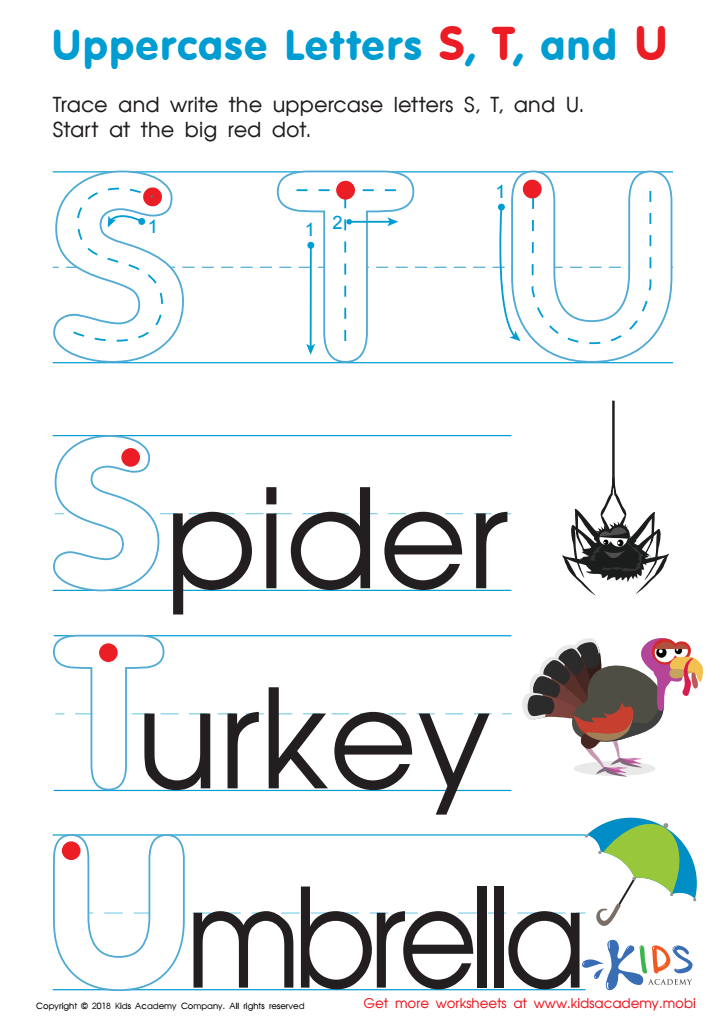

Uppercase Letters S, T, and U Worksheet
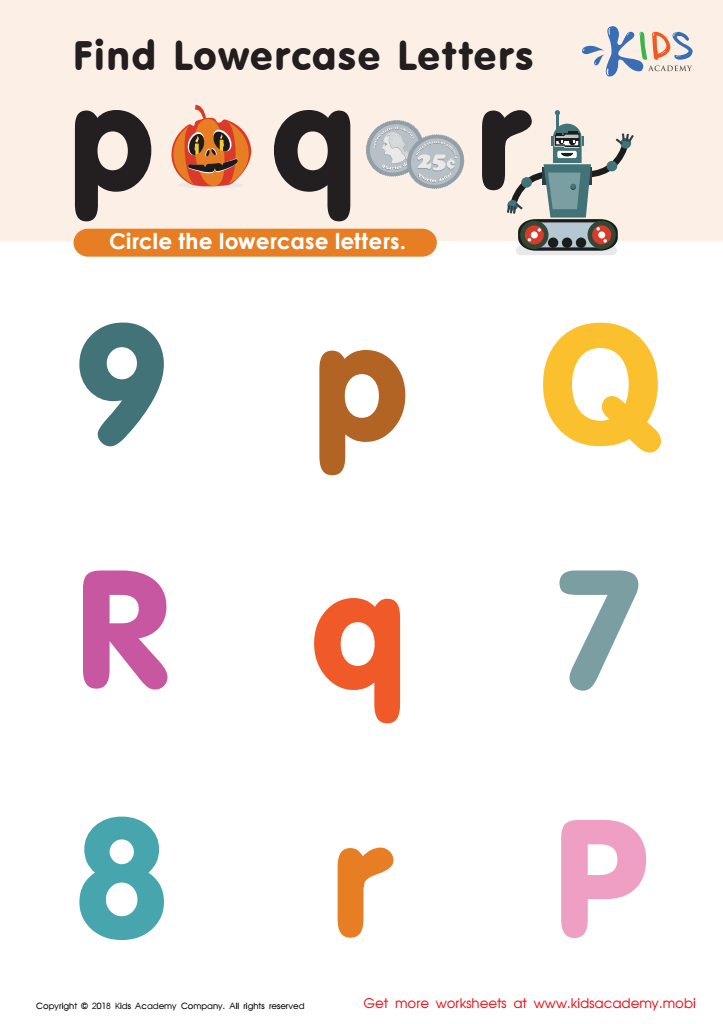

Find lowercase Letters p q r Worksheet
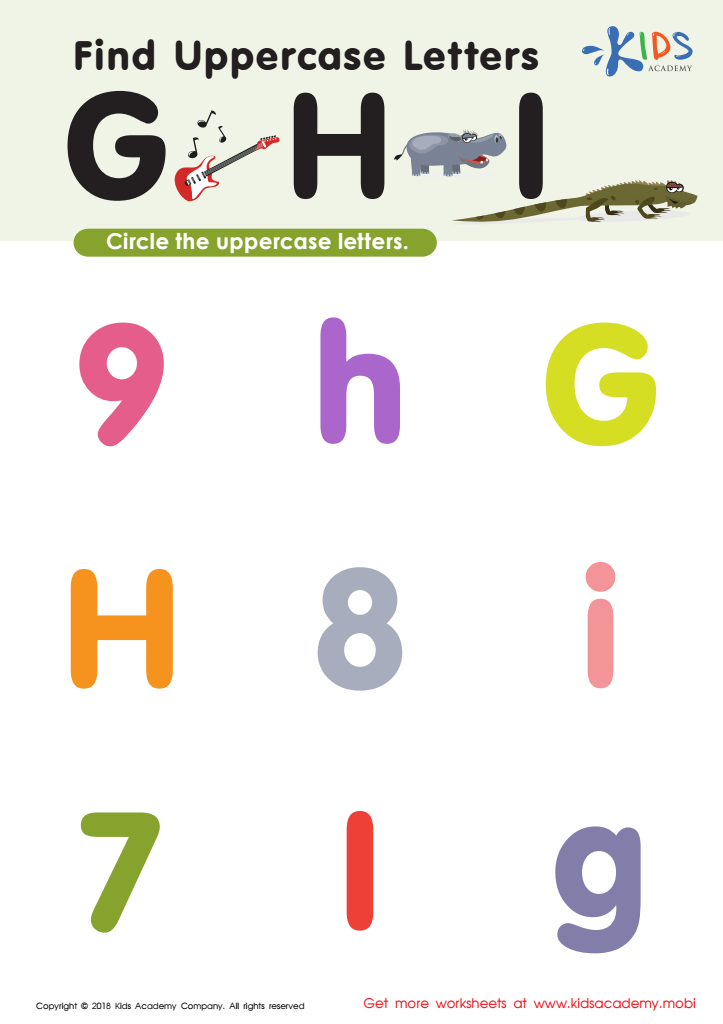

Find Uppercase Letters G, H, and I Worksheet
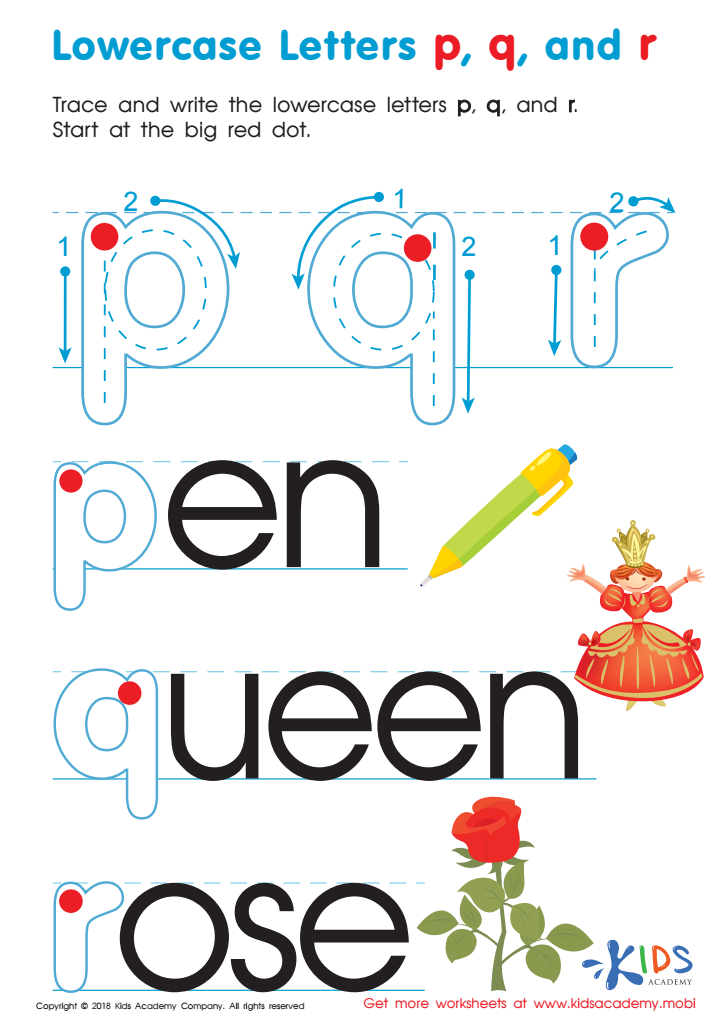

Lowercase Letters p q r Worksheet
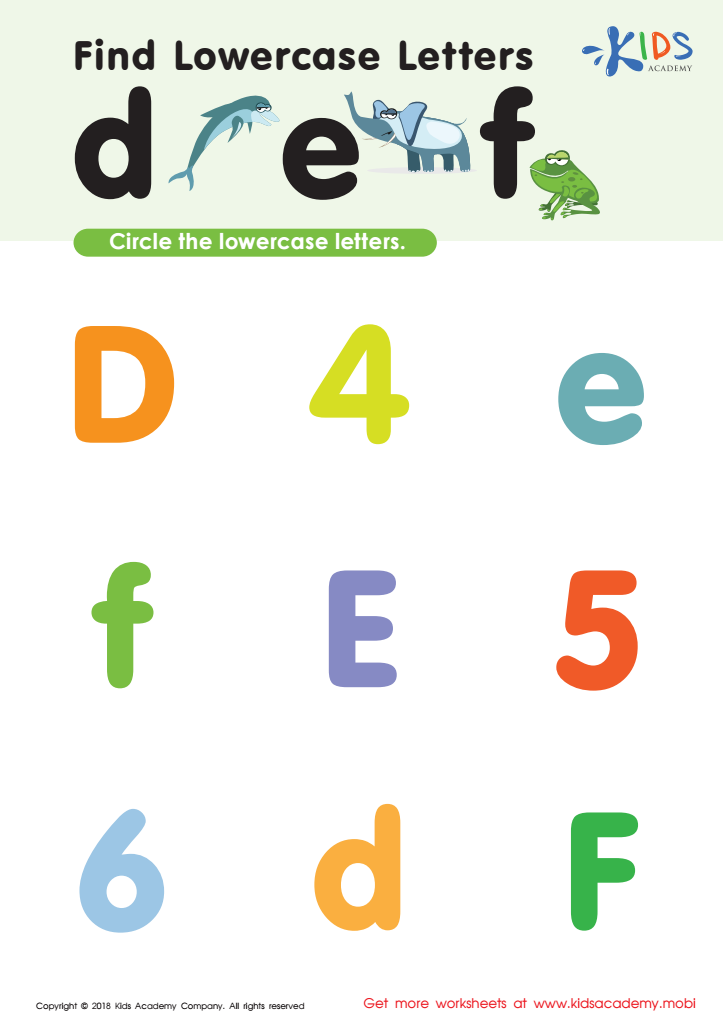

Find Lowercase Letters d e f Worksheet


Uppercase Letters Maze Worksheet
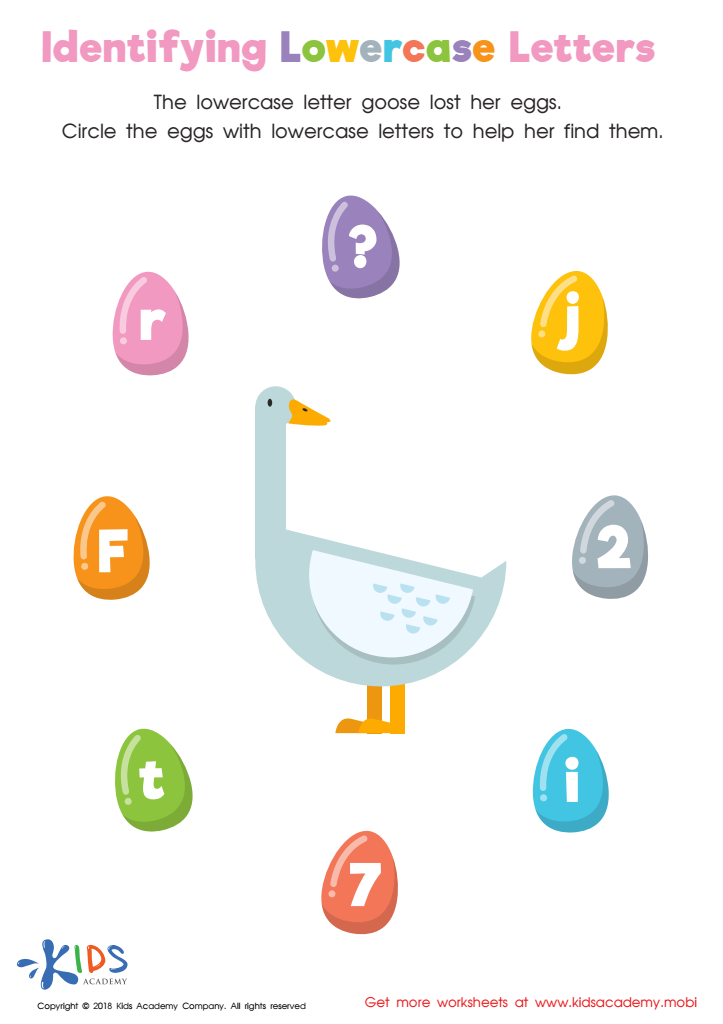

Identifying Lowercase Letters Worksheet


Find Uppercase Letters Worksheet


Find Uppercase Letters J, K, and L Worksheet
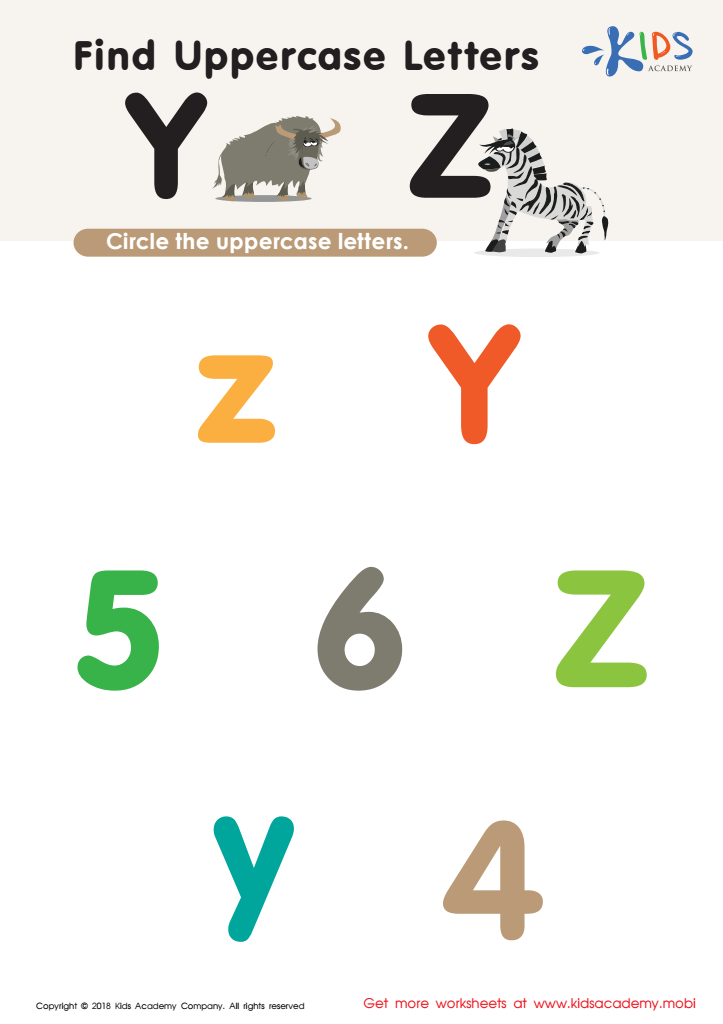

Find Uppercase Letters Y Z Worksheet
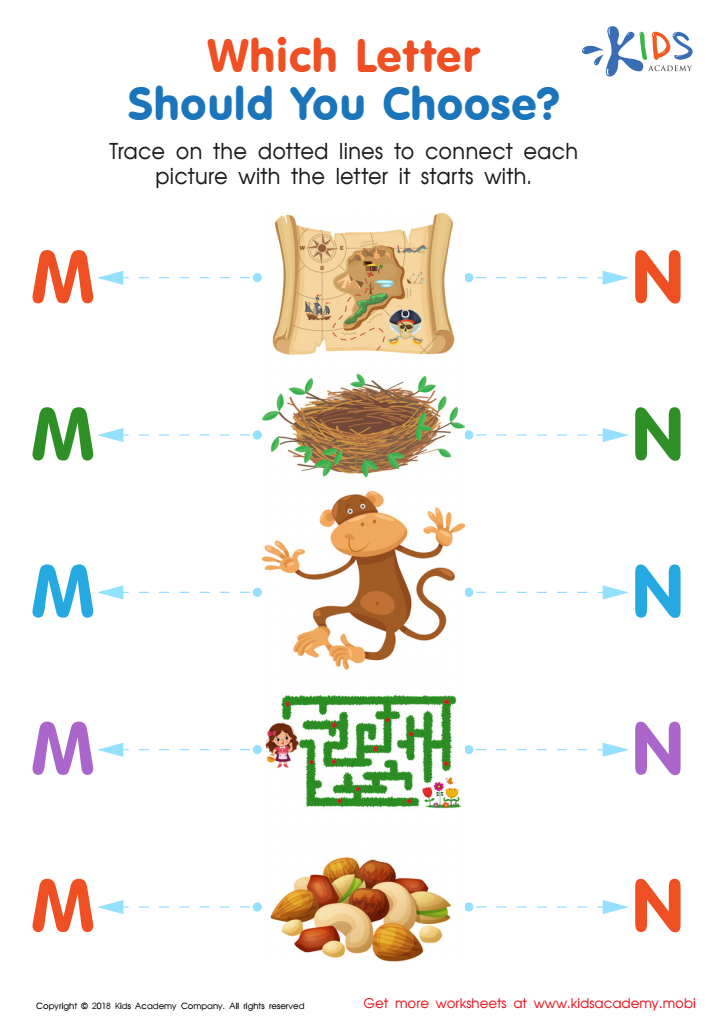

Which Letter Should you Choose? Worksheet
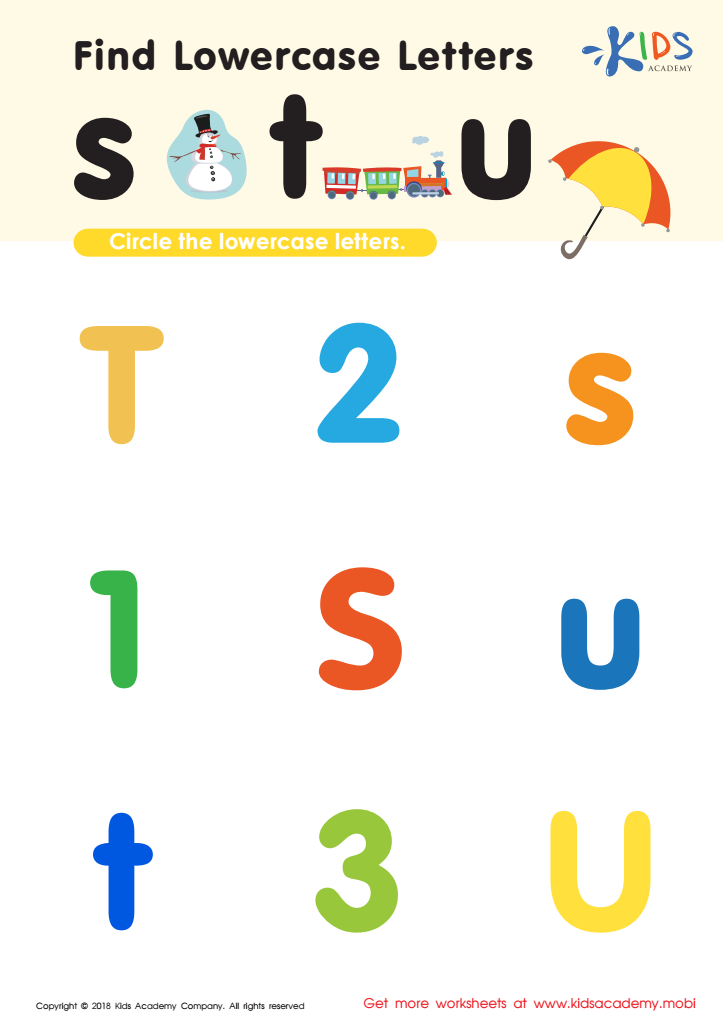

Find lowercase Letters s t u Worksheet


Find Uppercase Letters A, B, and C Worksheet
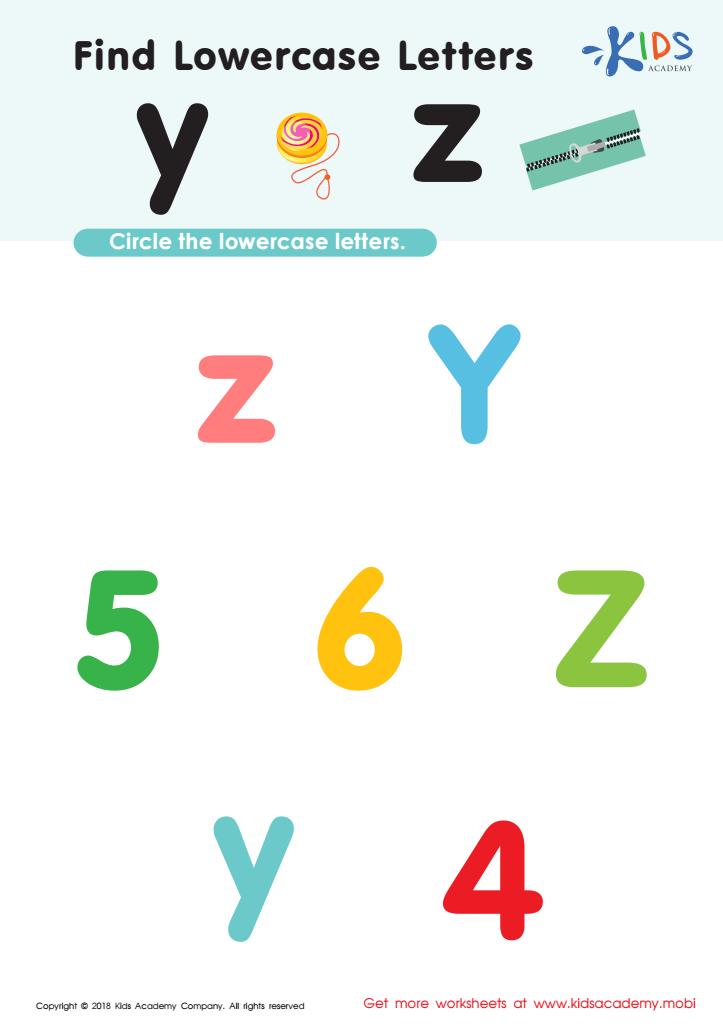

Find Lowercase Letters y z Worksheet


Find Uppercase Letters V, W, X Worksheet
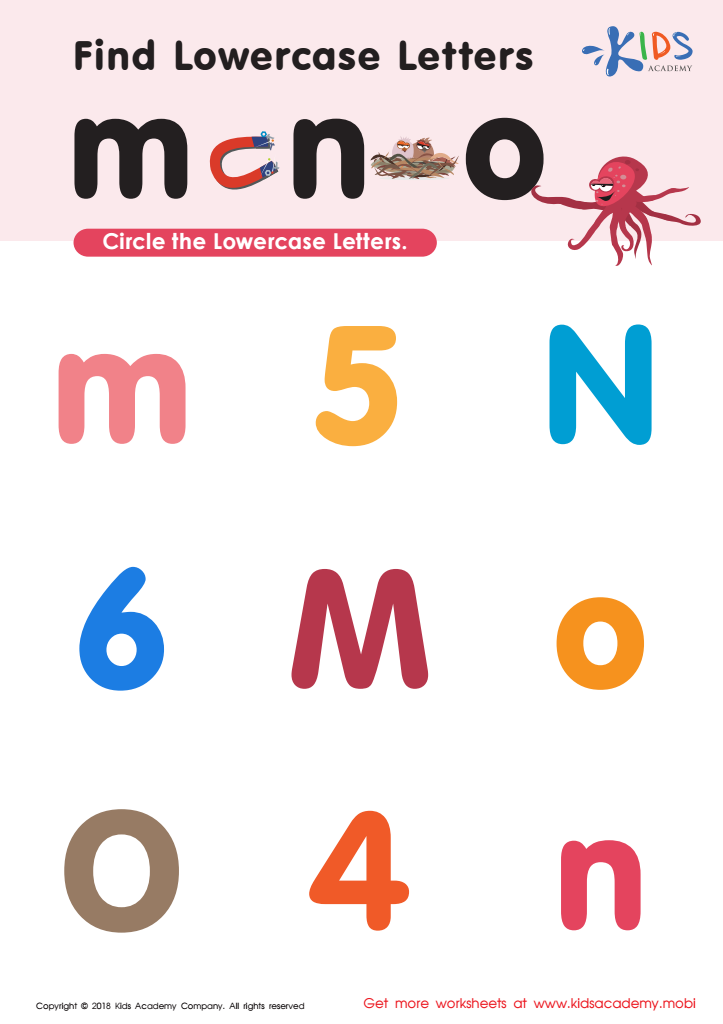

Find Lowercase Letters m n o Worksheet
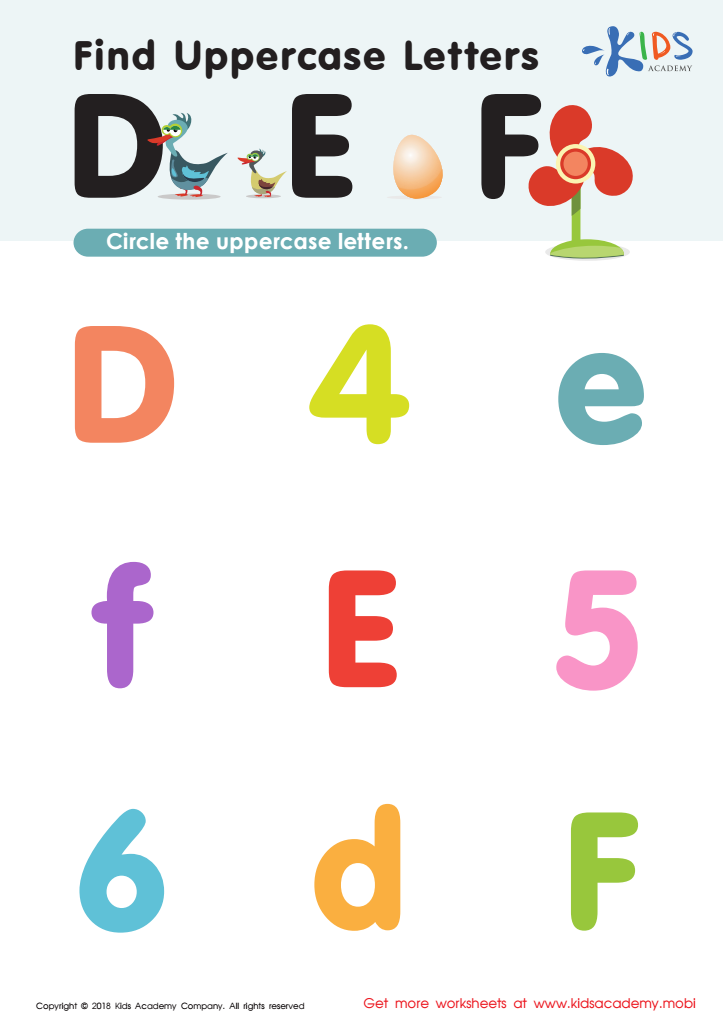

Find Uppercase Letters D, E, and F Worksheet
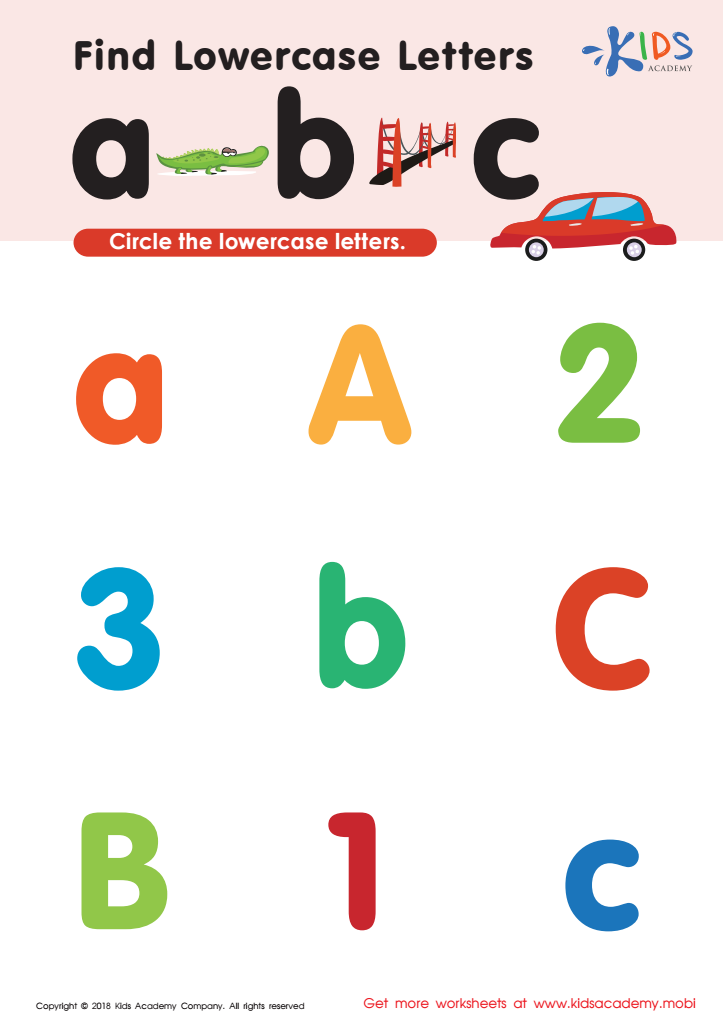

Find lowercase letters a b c Worksheet
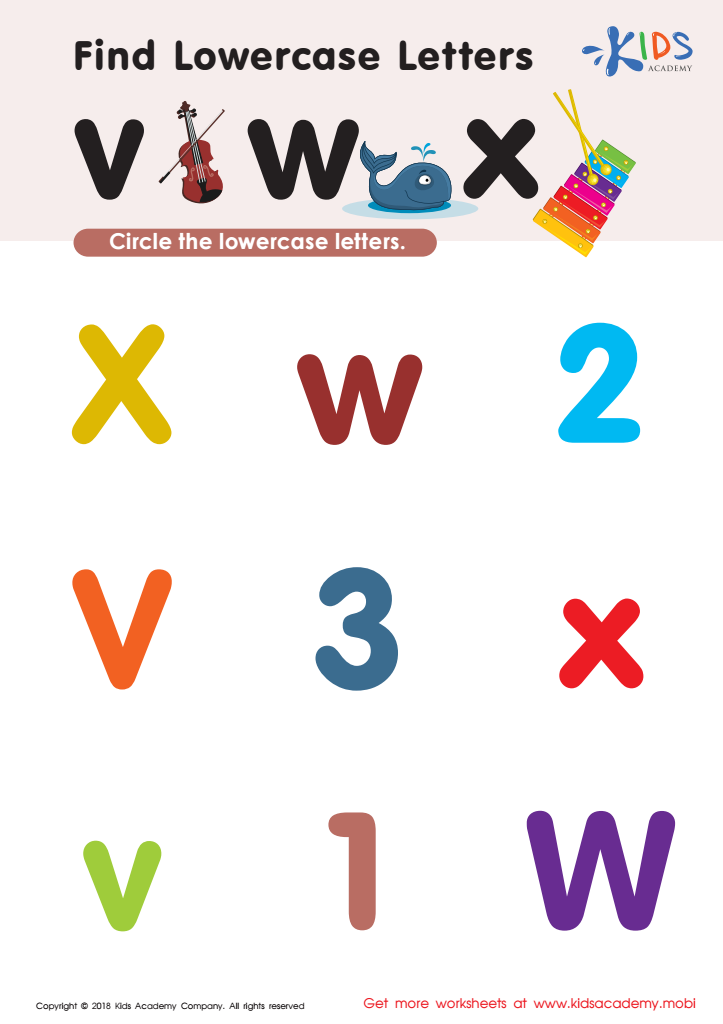

Find Lowercase Letters v w x Worksheet
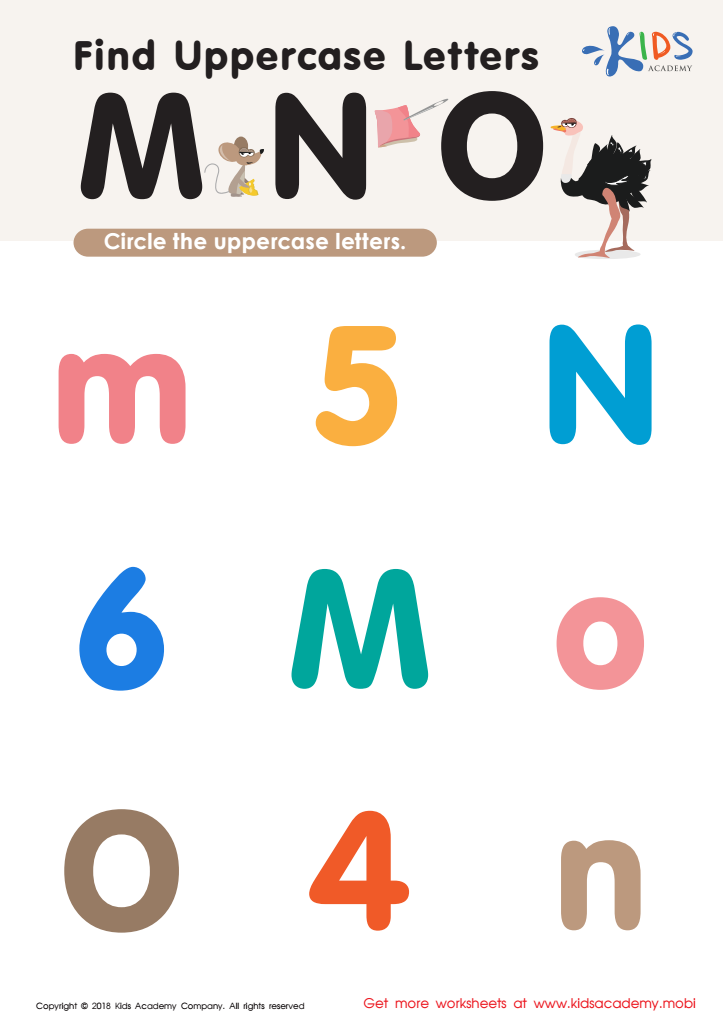

Find Uppercase Letters M, N, and O Worksheet
Parents and teachers play a pivotal role in children's early literacy development, and one fundamental skill that demands their attention is letter recognition in both uppercase and lowercase forms. For children aged 5-6, mastering this skill is critical for several reasons.
First, letter recognition is the cornerstone of reading and writing. Understanding and identifying letters correctly help children make the connection between written and spoken language. This awareness is essential for phonemic skills, where children learn that letters correspond to specific sounds, a foundation for phonics education.
Second, proficiency in recognizing both uppercase and lowercase letters aids in the seamless transition from early learning books, which predominantly use uppercase letters, to more advanced texts that use a combination of cases. This dual recognition fosters confidence and fluency in reading and writing.
Additionally, the ability to distinguish between different letter cases enhances cognitive development. It involves visual discrimination, memory, and attention to detail – skills that are fundamental not only to literacy but also to overall academic success.
Moreover, early and effective letter recognition can positively influence a child's self-esteem. As they experience success in reading and writing activities, their enthusiasm for learning grows, fostering a lifelong love for education. Thus, investing time and effort in teaching this skill is invaluable for parents and teachers aiming to set a strong educational foundation.
 Assign to My Students
Assign to My Students
